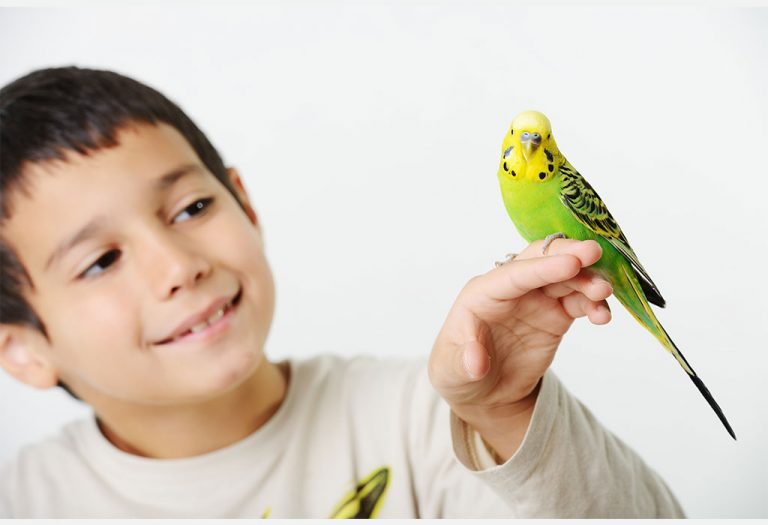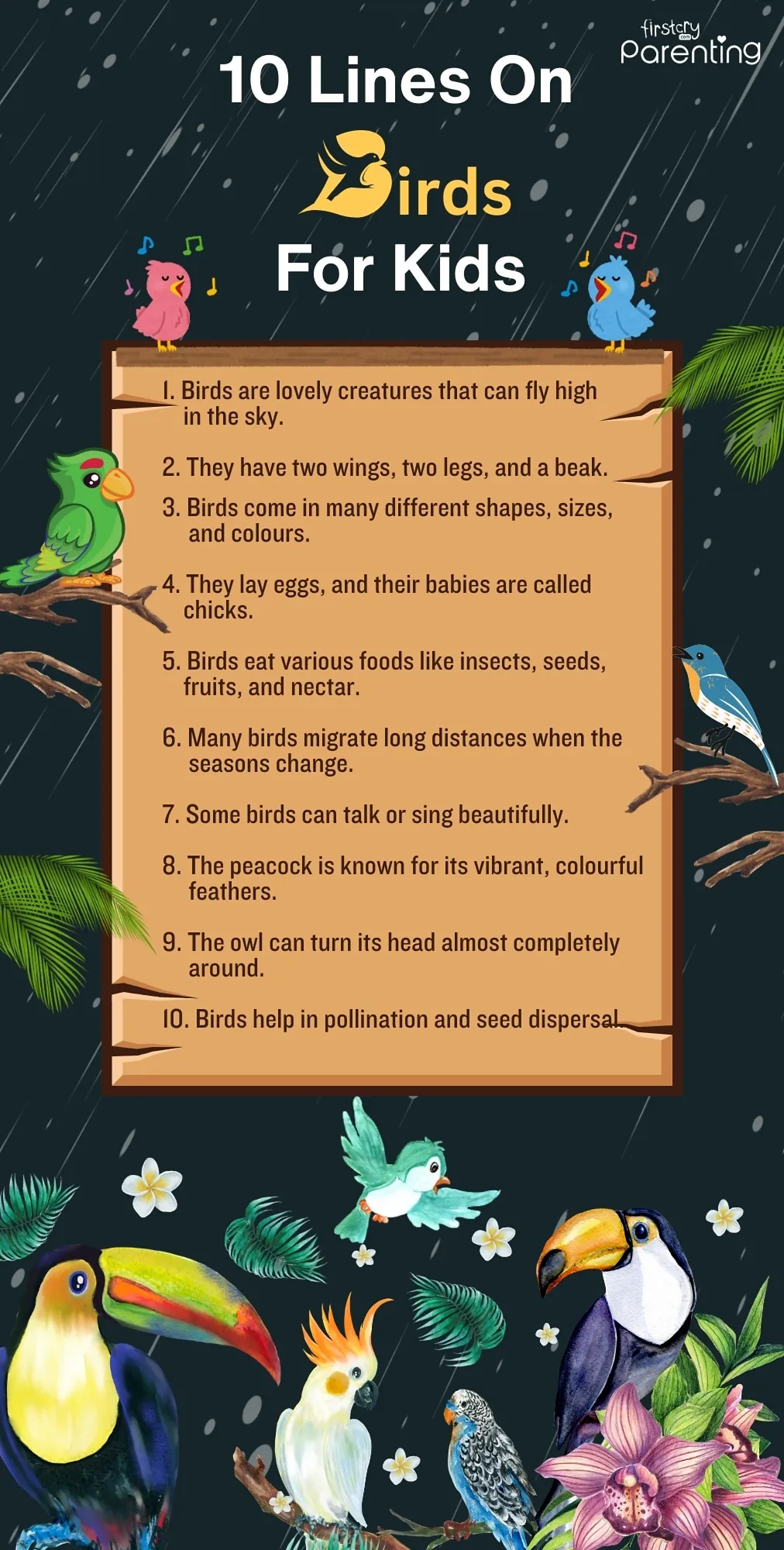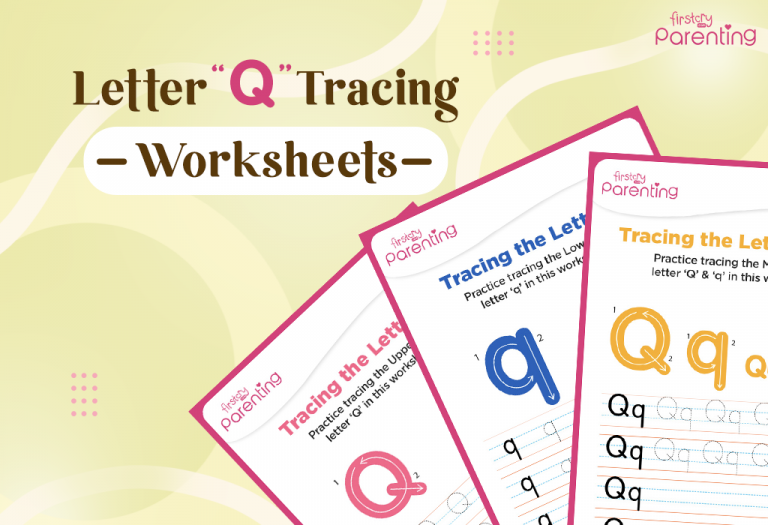Essay On Birds in English: 10 Lines and Paragraph
Birds, a beautiful part of nature, add joy to our world with their lovely colors, delightful songs, and graceful flights. These incredible creatures are not only pleasing to the eye but also play a vital role in our ecosystems by pollinating plants and controlling insect populations. This article presents a comprehensive bird essay in English designed to engage children and fuel their curiosity about these fascinating creatures. Writing essays on interesting subjects like birds is a fantastic way to enhance a child’s cognitive abilities. It improves their research, analysis, and writing skills, ultimately boosting their confidence and academic performance.
Key Points to Remember When Writing an Essay on Birds
Creating an engaging and informative essay about birds for lower primary classes requires a clear understanding of the subject. Here are some key points to keep in mind:
- Always start with an interesting introduction.
- Keep the language simple, making it easy to understand.
- Use fun facts to keep young readers engaged.
- Include colourful illustrations, if possible.
- Finally, end with a thought-provoking or fun conclusion.
5 Lines on Birds
Birds are fascinating creatures that capture the imagination of young children. Observing them helps kids appreciate nature and learn about the diversity of life. Here are five lines on interesting facts about these wonderful animals for an essay for class 1 kids.
- Birds have feathers that help them fly, keep them warm, and protect them from rain.
- They lay eggs in nests, which they build in trees, on the ground, or even on buildings.
- Birds come in many colours, like the bright red cardinal or the blue jay.
- They use their beaks to eat different foods, such as seeds, insects, and fruit.
- Some birds, like parrots, can mimic human speech and other sounds.
10 Lines on Birds
In this section, you’ll find an essay on birds for class 1 & 2 children, consisting of 10 simple lines. This brief write-up gives children their first taste of essay writing, with a few lines on birds:
- Birds are lovely creatures that can fly high in the sky.
- They have two wings, two legs, and a beak.
- Birds come in many different shapes, sizes, and colours.
- They lay eggs, and their babies are called chicks.
- Birds eat various foods like insects, seeds, fruits, and nectar.
- Many birds migrate long distances when the seasons change.
- Some birds can talk or sing beautifully.
- The peacock is known for its vibrant, colourful feathers.
- The owl can turn its head almost completely around.
- Birds help in pollination and seed dispersal.
Paragraph on Birds
Next, let’s explore a bird paragraph tailored for young readers. This section, slightly more detailed than the last, provides an opportunity to dive deeper into the fascinating world of birds.
Birds are vital to our ecosystem, bringing it to life with their vibrant colours, charming songs, and remarkable abilities. They vary significantly in size, colour, habitat, and behaviour. Some birds, like sparrows and pigeons, live close to human settlements, while others, such as eagles and penguins, thrive in remote areas. Birds communicate through various sounds, and some can even mimic human speech. Birds are fascinating creatures; understanding them can provide valuable insights into the natural world.
Short Essay on Birds in English
Here is a short essay for students in classes 1, 2 and 3:
Birds, fascinating sky creatures, have captivated human beings for ages. Their grace, beauty, and flying ability make them unique among all living beings. From their colourful plumage to melodic songs, birds are essential to our ecosystem and hold a special place in our hearts.
Birds are delightful creatures that bring joy to our lives. They come in various shapes, sizes, and colours. Some popular ones include sparrows, pigeons, parrots, and peacocks. Birds have feathers and wings that enable them to fly high in the sky, soaring through the clouds. They build nests to lay eggs and take care of their young ones. Watching birds in nature is a delightful experience that teaches us to appreciate the world’s beauty.
Long Essay on Birds
Birds, the enchanting creatures of the sky, have long captured the imaginations of people, young and old. From graceful flights to vibrant plumage and melodic songs, birds have an undeniable charm that makes them fascinating subjects to study. In this essay on birds for class 3 and above, we will delve into the captivating world of birds, exploring their diverse species, unique characteristics, ecological significance, and the places they call home. As we embark on this avian adventure, we hope to instil a deeper appreciation for these feathered wonders and their crucial role in maintaining the delicate balance of our planet’s ecosystems. So, let us spread our wings of curiosity and soar into the captivating realm of birds!
What Are Birds?
Birds are warm-blooded vertebrates characterised by their feathers, beaks, and the ability to fly. They belong to the class Aves and are found in various habitats worldwide, ranging from polar regions to tropical rainforests. With around 10,000 species, birds exhibit remarkable diversity in appearance, behaviour, and ecological roles.
Significance of Birds
- Ecological Balance: Birds are crucial in maintaining environmental balance by controlling insect populations, dispersing seeds, and promoting ecosystem biodiversity.
- Pollination: Some bird species act as pollinators for various plants, facilitating the process of reproduction and the production of fruits.
- Indicators of Environmental Health: Birds’ presence and behaviour in an area can serve as indicators of the environment’s overall health and the impact of human activities.
- Economic Importance: Birds contribute significantly to the economy through birdwatching tourism, poultry farming, and pest control services.
Characteristics of Birds
- Feathers: Feathers are a bird’s defining feature. They provide insulation, aid in flight, and display vibrant colours for courtship displays.
- Hollow Bones: Birds have lightweight, hollow bones that reduce their weight, making flying easy.
- Beaks: A bird’s beak size and shape are adapted to its diet, enabling it to catch, eat, and process food efficiently.
- Endothermy: Birds are warm-blooded, maintaining a constant body temperature, essential for their high-energy activities like flying.
- Oviparous: Birds lay eggs, which hatch into chicks, and the parents care for their young until they are independent.
- Excellent Vision: Birds have well-developed eyesight, allowing them to spot prey from afar and navigate through various environments.
Type Of Food Birds Eat
- Depending on their species, birds are omnivores, herbivores, carnivores, or insectivores.
- Some birds, like eagles and hawks, are carnivores, hunting for small animals and fish.
- Herbivorous birds, such as pigeons and doves, primarily feed on seeds, fruits, and plants.
- Insectivorous birds like swallows and sparrows consume insects, helping control insect populations.
Places Where Birds Live
- Forests and Woodlands
- Wetlands and Marshes
- Grasslands and Savannas
- Coastal Areas and Seashores
- Urban Areas and Gardens
- Arctic and Antarctic Regions
My Favorite Bird
My favourite bird is the majestic peacock. With its stunning tail feathers, the peacock displays a mesmerising dance during courtship. It symbolises beauty, grace, and pride. The vibrant colours and intricate patterns on its feathers leave me in awe of the wonders of nature. Birds are integral to our ecosystem, providing aesthetic and ecological benefits. They teach us to appreciate the diversity and beauty of the natural world. Let us cherish and protect these beautiful creatures to ensure a harmonious coexistence on our planet.
Amazing Facts About Birds For Children
Children love exciting trivia. Here are some amazing bird facts:
- The smallest bird in the world is the Bee Hummingbird, less than 2.5 inches long (1).
- The largest bird is the Ostrich, standing up to 9 feet tall (2).
- Some birds, like the Arctic Tern, migrate over 25,000 miles yearly (3).
- Parrots can mimic human speech (4).
- Penguins are birds that cannot fly but are excellent swimmers (5).
What Will Your Child Learn From the Essay on Birds?
This essay on birds helps children understand the vast diversity of birds and their vital role in maintaining the ecological balance. It also nurtures their curiosity, encourages their research abilities, and improves their writing skills.
FAQs
1. Which was the first bird on the Earth?
The first bird on Earth was Archaeopteryx (6), which lived about 150 million years ago during the Jurassic period.
2. How many types of birds are there in the world?
There are about 10,000 known bird species in the world (2).
3. Why and How Should You Save Birds?
Birds play a crucial role in our ecosystem. We can save birds by conserving their habitats, avoiding harmful pesticides and single-use plastics, and supporting organisations that protect bird populations (7).
4. How long can birds live?
Bird lifespan varies widely. While some small birds live for only a few years, certain species, like parrots and albatrosses, can live up to 60-80 years.
5. What are the threats faced by birds?
Birds face numerous threats, including habitat loss, climate change, pollution, hunting, and the introduction of invasive species. These threats often decrease bird populations and can even result in the extinction of certain species.
Birds are indeed one of nature’s most delightful creations. Their dazzling diversity, fascinating abilities, and integral role in our ecosystem make them a compelling subject of study. Writing an essay on birds encourages children to explore the intriguing world of these winged wonders and cultivates their appreciation for biodiversity and the need to preserve it. In understanding and valuing birds, we are, in essence, taking strides towards nurturing a generation that respects and protects our planet’s myriad life forms. So, the next time a bird flits across your path, take a moment to appreciate its beauty and consider its crucial role in the harmony of life on Earth.
Infographic: 10 Lines on Birds for Kids
References/Resources:
1. Hummingbirds; BirdLife International; https://www.birdlife.org/birds/hummingbird/
2. Top 15+ Biggest Birds in the World; Geeks for Geeks; https://www.geeksforgeeks.org/worlds-largest-birds/
3. Arctic Tern; Cornell Lab All About Birds; https://www.allaboutbirds.org/guide/Arctic_Tern/overview
4. Why Do Parrots Talk; National Audubon Society; https://www.audubon.org/news/why-do-parrots-talk
5. Why can’t penguins fly?; Cornell Lab All About Birds; https://www.allaboutbirds.org/news/why-cant-penguins-fly/
6. The Origin of Birds; Understanding Evolutions; https://evolution.berkeley.edu/what-are-evograms/the-origin-of-birds/
7. 7 Simple Actions to Live Bird Friendly; Smithsonian’s National Zoo & Conservation Biology Institute; https://nationalzoo.si.edu/migratory-birds/7-simple-actions-live-bird-friendlyr
Also Read:
Essay On River for Kids
Essay On Solar System for Children
Essay On If I Were a Bird – Short & Long Essay
Wild Animals Essay for Students & Children
Was This Article Helpful?
Parenting is a huge responsibility, for you as a caregiver, but also for us as a parenting content platform. We understand that and take our responsibility of creating credible content seriously. FirstCry Parenting articles are written and published only after extensive research using factually sound references to deliver quality content that is accurate, validated by experts, and completely reliable. To understand how we go about creating content that is credible, read our editorial policy here.























